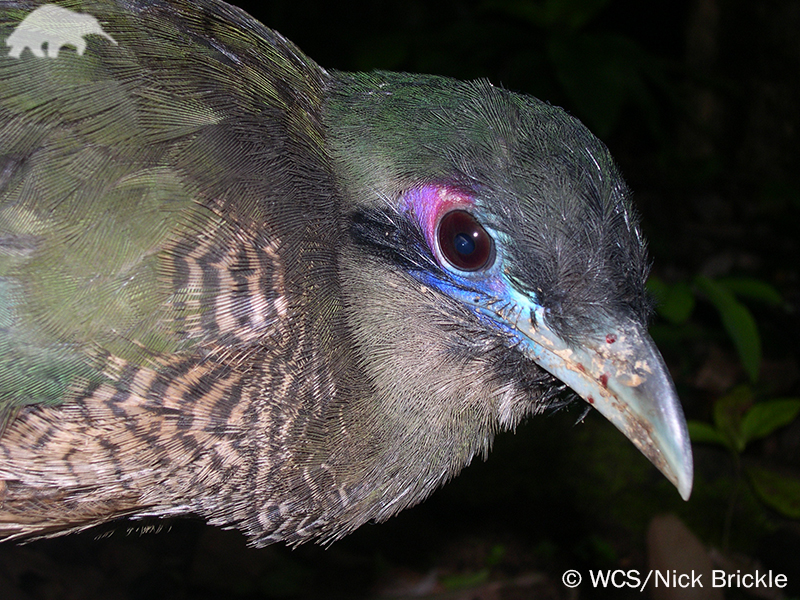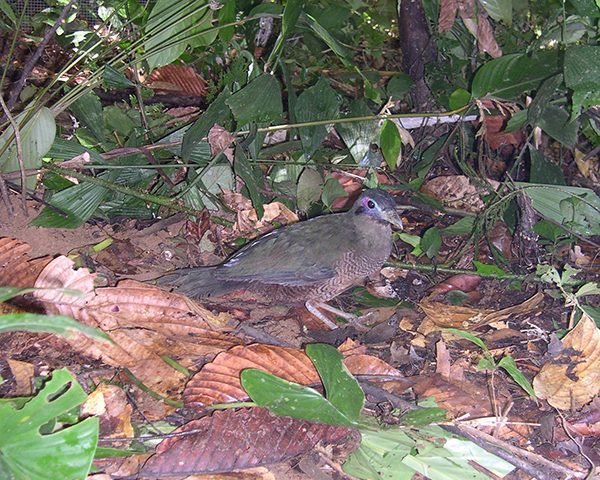About
The Sumatran Ground-cuckoo had not been seen for over 90 years until an individual was trapped in 1997.
This led to the species being reclassified as its own distinct species, instead of as a subspecies of the Bornean Ground-cuckoo. The Sumatran Ground-cuckoo is a forest dwelling bird endemic to the Indonesian island of Sumatra. It is only found in sub-montane and montane forest along the southern Barisan Mountain range, where it is estimated that there are 70-400 individuals.
Whilst little is known about the species it may well be in decline primarily due to deforestation by agricultural encroachment. There are currently a number of protected sites within the Barisan Mountains, some of which overlap with the range of the Sumatran Ground-cuckoo.
- Order: Cuculiformes
- Family: Cuculidae
- Population: 70-400
- Trend: decreasing
- Size: 55 cm
- Weight: 90-205.5g
EDGE Score
Distribution
The majority of sightings have taken place in the Barisan Mountains in the south of Sumatra, Indonesia.
Habitat and Ecology
This species is found in primary or little disturbed forest, between 300-1,400m in altitude. Very little is known of this species’ ecology due to a limited number of sightings. It’s diet is assumed to be invertebrates, reptiles and small mammals.

